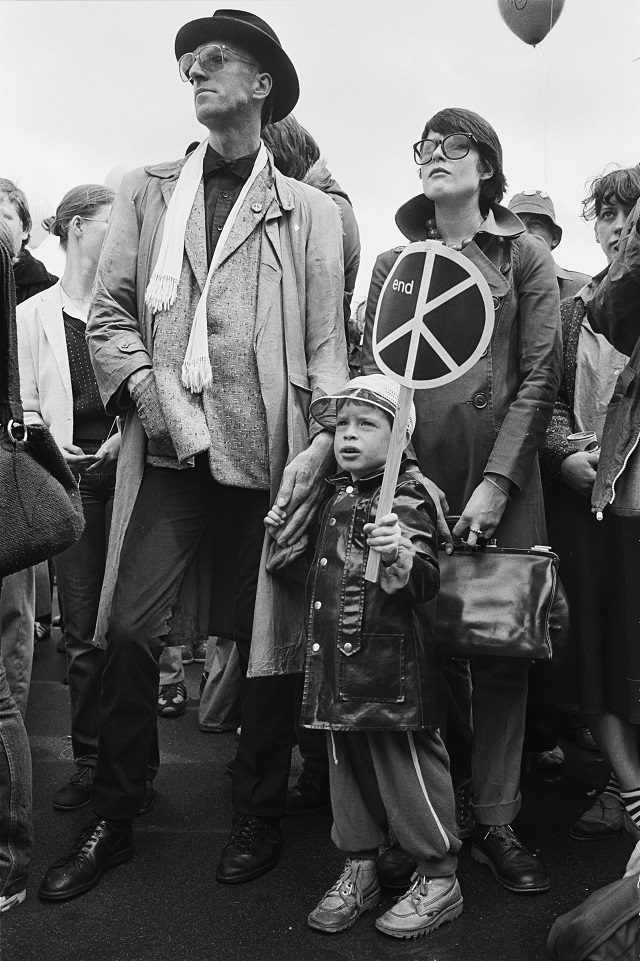It’s a funny thing writing about the power of protest. If it really was that powerful, then we probably wouldn’t have war or Brexit or He Who Shall Not Be Named currently sitting in the White House, would we? Of course, that’s a bit of a leading question. These things take time and advocacy groups can, more often than not, point to situations where their work has had a huge impact. The Limited Nuclear Test Ban in 1963, for instance. Or the Intermediate-Range Nuclear Forces Treaty in 1987. Both followed intense periods of campaigning by CND, the anti-nuclear organization whose Gerald Holtom-designed symbol became synonymous with the countercultural attitude of the 1960s.
So, too, the anti-war marches of February 2003, when between one and two million people protested in London. The surge of protest didn’t manage to stop the invasion of Iraq, but it certainly left a mark on public consciousness, recruiting those who perhaps never thought of themselves as activists and shifting foreign policy to the point where subsequent governments have found it harder to commit to military action than ever before.
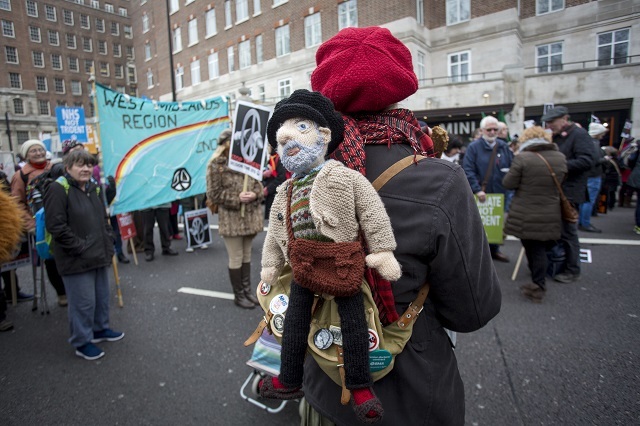
It’s an idea further explored in the Imperial War Museum’s People Power: Fighting for Peace. The UK’s first exhibition to chart the evolution of the anti-war movement, it contains over 300 items — from placards to posters, banners to badges — shedding light on the creativity of those who have opposed war and the very real impact they have had on the cultural moods of each era. From the conscientious objectors of the First World War and their artworks outlining the destructive nature of battle, all the way through to Peter Kennard and Cat Phillipps’s iconic montage of Tony Blair taking a selfie against an explosion, the exhibition demonstrates the shifting nature of conflict and the myriad ways in which peace movements have sought to respond.
“This exhibition is the first of its kind and displays a number of fascinating items which have never been exhibited before,” says the show’s curator Matt Brosnan. “In IWM’s Centenary year, this major exhibition continues our mission to explore war and conflict from multiple perspectives — highlighting the peace movement and its important role in British history.” War may be futile, but protest never is.
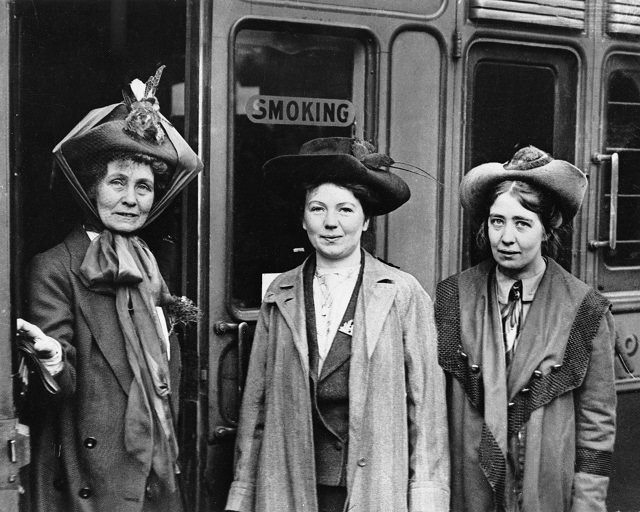

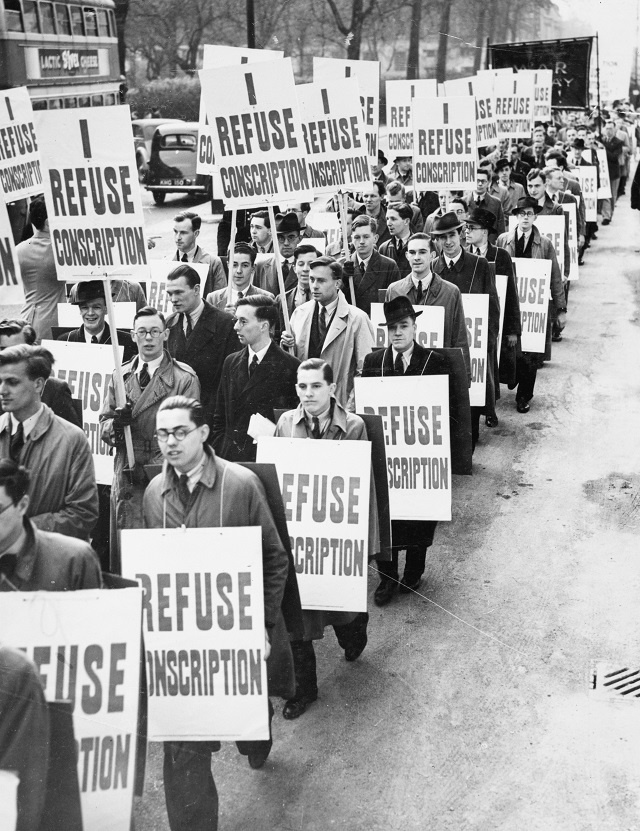
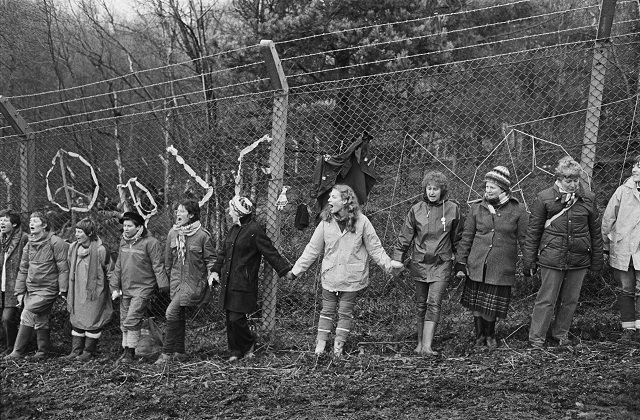
Credits
Text Matthew Whitehouse
Images courtesy of IWM London
